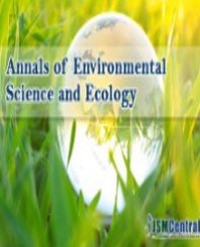
Environmental Health and its Role in Raising the Health Level of Employees against COVID 19 using RTLS
As the world strives to achieve universal health coverage, the sudden occurrence of the Covid-19 pandemic and the unpreparedness of countries to respond quickly and appropriately impose an additional burden on health systems and achieve the goals of sustainable health development Got into trouble. In such a situation, the only strategy against coronary heart disease seems to be to prevent infected people from coming into contact with others by finding infected cases or reducing contact. Public health surveillance or tracking systems are critical in preventing and control ling disease in population. Implementation of these systems is possible by using RTLS technology and database to analyze and monitor information.
Seyed Hasan Taheri1, Sajjad Saberi2* and Saeed Naseri2




